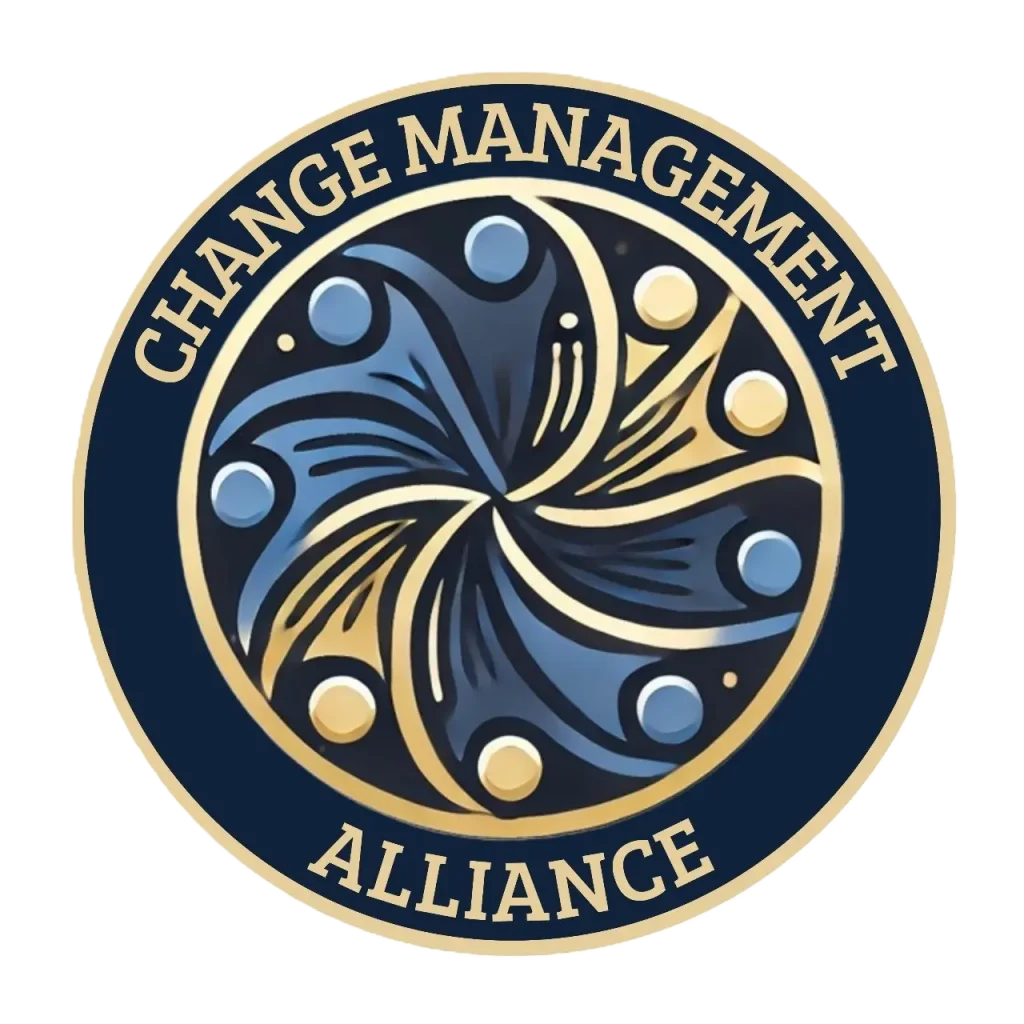When discussing organizational change management, focusing only on engagement is not enough. It is also essential to recognize that the transition from the current state to the future state will involve antagonistic forces that require deliberate attention and management. Antagonism Management begins during the planning phase—even before project execution starts—and continues throughout the entire change journey. Identifying, understanding, and mitigating antagonism factors early is critical to preventing resistance, strengthening engagement, and ensuring that the project delivers its expected value.
Antagonism Management as a Strategic Pillar to Reduce Resistance and Strengthen Engagement
Human factor management does not begin when the product is ready; it starts as soon as the project or program is prioritized and approved. This is one of the pillars of HCMBOK® – The Human Change Management Body of Knowledge.
Identifying antagonism factors is part of the Strategic Change Management Plan. Therefore, it must begin before the product or service’s execution (development) phase and guide early decisions on communication, engagement, governance, and human risk management.
The earlier the factors that drive resistance to change are identified, the lower the emotional and operational costs of mitigating or eliminating them.
Projects that begin addressing resistance only during execution—or, worse, only during the implementation phase—tend to experience delays, conflicts, and engagement erosion.
Frequent Sources of Antagonism Factors
The initial and ongoing identification of antagonism factors is based on four main dimensions:
Organizational Culture
Culture includes beliefs, emotional patterns, scars from past changes, and effects such as organizational anticipatory grief, which heightens fear, psychological insecurity, and rumors when communication is inadequate.
Maturity to deal with the Perception of Loss
At both the individual and organizational levels, low maturity intensifies defensive reactions, nostalgia, and attachment to the status quo.
Level of Trust in Leadership and in the Organization
The credibility of the sponsor and other change leaders directly influences the level of antagonism. Distrust generates silent resistance, noise, and negative interpretations. No one dives headfirst into a lake without knowing how deep it is.
The Context of the Change (Internal and External)
The circumstances the organization is facing may amplify or reduce antagonism.
- Internal context: power struggles, departmental conflicts, competition for resources, change fatigue, cultural clashes with suppliers, etc.
- External context: economic crises, new competitors, regulatory changes, shifts in customer perception, among other contextual factors.
These four dimensions act as strategic sensors to detect human risks before they solidify into resistance.
Antagonism Identification Must Be Continuous
Although early identification is essential, HCMBOK® emphasizes that new antagonism factors may emerge throughout the project. These may arise from inappropriate behaviors, lack of change leadership, unidentified or poorly managed impacts, or unexpected changes in the organizational environment.
Given this reality, the change manager must cultivate:
- Ongoing interaction with the project team
- Proximity to key stakeholders
- Active observation of emotional, behavioral, and verbal cues
- Empathic and non-defensive listening
- Frequent reviews of the Antagonism Management approach
Resistance is dynamic—therefore, its management must be dynamic as well.
HCMBOK®
The Central Role of Human Interaction and Active Listening
Identifying antagonism is not a technical task—it is a continuous relational process. To foster meaningful human interaction, the change manager must:
- Walk through the organization and interact with people
- Engage in frequent conversations, especially informal ones that occur in cafeterias, hallways, and common areas
- Attend critical meetings with teams involved in the change
- Ask open-ended questions and stay alert to speculation that circulates through informal channels such as hallway chatter or WhatsApp groups
- Observe behaviors and non-verbal tensions
Mobilizing Resources to Mitigate Antagonism
Once antagonism factors are identified, they must be managed through a structured action plan before they escalate. Actions may include, but are not limited to:
Structured Communication Tailored to Different Brain Dominance Styles
Adapting messages to people’s cognitive profiles increases understanding and reduces opposition (based on the Brain Dominance model).
Leadership Alignment and Preparation
Leadership is the most powerful source of social influence within an organization. Influence networks must be identified early to determine who can most effectively persuade specific stakeholders.
HUCMI® research and practice show that when leaders demonstrate visible, consistent, and emotionally aligned support, engagement increases and antagonism decreases.
Active leadership may include:
- Leaders communicating the change personally
- Sharing stories, vision, and purpose—persuasive and inspiring approaches
- Explicitly expressing confidence in the success of the change
- Ensuring consistency between words and actions—what truly matters is what the leader does, not what they say
Additional Actions to Mitigate or Eliminate Antagonism Factors
- Immediate clarification of impacts to avoid organizational anticipatory grief and speculation
- Rapid interventions to resolve conflicts
- Early training to increase psychological safety
- Redesign or alignment of roles and responsibilities
- Recognition rituals and celebrations
- Occasional project adjustments to reduce perceived losses
Each action can reshape how people interpret change.
A Practical Example
Scenario
A CRM (Customer Relationship Management) software implementation project is in the planning phase.
Antagonisms factors Identified in the Strategic Change Management Plan
- Culture: a history of failed technology projects, leaving organizational scars and fostering skepticism toward the new initiative
- Perception of loss: commercial teams believe they will lose autonomy
- Trust in leadership: the newly appointed marketing director is not yet seen as a credible leader
- Internal context: recent disputes between the commercial and marketing departments
- External context: a competitor has announced similar automation initiatives
Antagonism Management Action Plan
- Communication campaign on the CRM concept
- Roadshows with the sponsor to build credibility
- Empathic listening sessions with commercial and marketing teams to understand the root causes of conflicts
- Workshop to rebuild the relationship between marketing and commercial
- Presentation of use cases and proven CRM benefits
When the execution phase begins, people tend to be better emotionally prepared, which positively impacts engagement. Therefore, we can assert that an early and continuous approach to identifying and managing antagonism factors directly influences change outcomes: it reduces resistance, increases engagement, and fosters sustainable change.
Did You Enjoy This Article?
To learn more about Change Management and how to reduce antagonism and increase stakeholder engagement, we recommend reading: https://change.management.hucmi.com/change-management-is-irrelevant-in-transformation-processes-really/
About HUCMI® and the HCMBOK® Training and Certification Program
Want to learn more about HUCMI’s international training and certification programs? Visit our website: https://hucmi.com/
Follow us: https://www.linkedin.com/company/human-change-management-institute/
By https://hucmi.com

Premier Knowledge Provider of:

Want to join the CMA – Change Management Alliance, a FREE, collaborative learning community? Click here: https://www.change-management-alliance.network/share/98ldn_ZS8CdABu1W?utm_source=manual
All the best
Vicente Gonçalves

